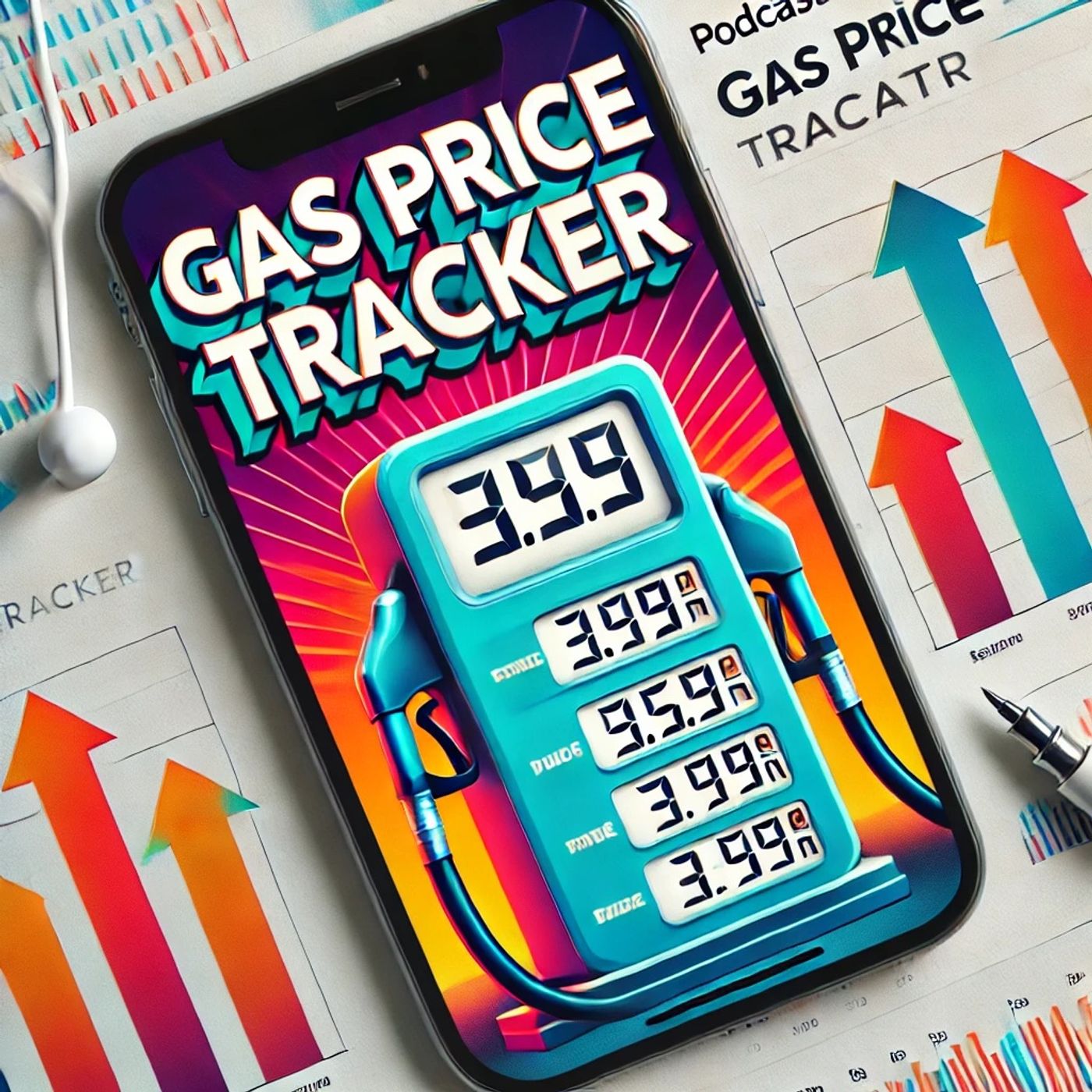Jan 17 2025 3 mins
As of today, January 17, 2025, gas prices in the United States continue to be a focal point for consumers, industries, and policymakers alike. Gasoline prices across the country are subject to a variety of influences, including global oil markets, domestic production, seasonal variations, and geopolitical factors. Since the pandemic, gas prices have seen fluctuations driven by fluctuating demand, supply chain challenges, and shifts in energy policy.
Currently, the average price of a gallon of regular gasoline in the U.S. is approximately $3.45, a modest decrease from the previous year's average around this time. This figure, however, varies significantly across different regions due to state taxes, transportation costs, and local demand. In areas such as California and the West Coast, prices are typically higher, often exceeding $4.00 per gallon, largely due to stringent state environmental regulations and higher taxes. Conversely, in the Gulf Coast region, which benefits from proximity to oil refineries and lower state taxes, prices remain below the national average, with some areas seeing prices as low as $3.00 per gallon.
The primary driver of these prices remains the cost of crude oil, which constitutes the largest component of gasoline pricing. As of today, crude oil prices are experiencing a slight stability around $75 per barrel after a period of volatility. Global factors such as OPEC+ production policies, international relations involving major oil-producing nations, and shifts towards renewable energy sources significantly impact these crude prices, subsequently influencing gasoline prices in the U.S.
The demand for gasoline, typically higher during summer months due to increased travel, is currently more stable but has seen a gradual shift as more consumers adapt to hybrid and electric vehicles, partially encouraged by federal and state incentives promoting cleaner energy alternatives. As a result, while gasoline remains a critical component of the U.S. energy landscape, demand growth is not as steep as it once was.
Refinery operations also play a crucial role in determining gas prices. Any disruptions caused by natural events such as hurricanes, especially in oil-producing areas along the Gulf Coast, can lead to temporary spikes in prices due to reduced supply. Refineries have enhanced their resilience with better preparedness and backup systems; however, unplanned outages still pose risks to stable pricing.
The U.S. government continues to monitor fuel prices closely, with the Strategic Petroleum Reserve available to mitigate severe disruptions. Policies encouraging alternative energy use and increasing domestic production are also in place to balance gasoline supply and demand.
Looking towards the future, continued investment in renewable energy technologies and electric vehicle infrastructure are poised to shift the landscape of energy consumption. This transition, while gradual, represents a pivotal change that could ultimately lead to a more sustainable and less price-volatile market. Nevertheless, gasoline is expected to remain a significant energy source, key to many industries and daily life, for the foreseeable future.
Listeners should remain aware that prices can fluctuate, often influenced by unforeseen events or rapid shifts in global economic conditions. Staying informed about market trends and government policies can provide better insights into expected changes in fuel prices.
Currently, the average price of a gallon of regular gasoline in the U.S. is approximately $3.45, a modest decrease from the previous year's average around this time. This figure, however, varies significantly across different regions due to state taxes, transportation costs, and local demand. In areas such as California and the West Coast, prices are typically higher, often exceeding $4.00 per gallon, largely due to stringent state environmental regulations and higher taxes. Conversely, in the Gulf Coast region, which benefits from proximity to oil refineries and lower state taxes, prices remain below the national average, with some areas seeing prices as low as $3.00 per gallon.
The primary driver of these prices remains the cost of crude oil, which constitutes the largest component of gasoline pricing. As of today, crude oil prices are experiencing a slight stability around $75 per barrel after a period of volatility. Global factors such as OPEC+ production policies, international relations involving major oil-producing nations, and shifts towards renewable energy sources significantly impact these crude prices, subsequently influencing gasoline prices in the U.S.
The demand for gasoline, typically higher during summer months due to increased travel, is currently more stable but has seen a gradual shift as more consumers adapt to hybrid and electric vehicles, partially encouraged by federal and state incentives promoting cleaner energy alternatives. As a result, while gasoline remains a critical component of the U.S. energy landscape, demand growth is not as steep as it once was.
Refinery operations also play a crucial role in determining gas prices. Any disruptions caused by natural events such as hurricanes, especially in oil-producing areas along the Gulf Coast, can lead to temporary spikes in prices due to reduced supply. Refineries have enhanced their resilience with better preparedness and backup systems; however, unplanned outages still pose risks to stable pricing.
The U.S. government continues to monitor fuel prices closely, with the Strategic Petroleum Reserve available to mitigate severe disruptions. Policies encouraging alternative energy use and increasing domestic production are also in place to balance gasoline supply and demand.
Looking towards the future, continued investment in renewable energy technologies and electric vehicle infrastructure are poised to shift the landscape of energy consumption. This transition, while gradual, represents a pivotal change that could ultimately lead to a more sustainable and less price-volatile market. Nevertheless, gasoline is expected to remain a significant energy source, key to many industries and daily life, for the foreseeable future.
Listeners should remain aware that prices can fluctuate, often influenced by unforeseen events or rapid shifts in global economic conditions. Staying informed about market trends and government policies can provide better insights into expected changes in fuel prices.
